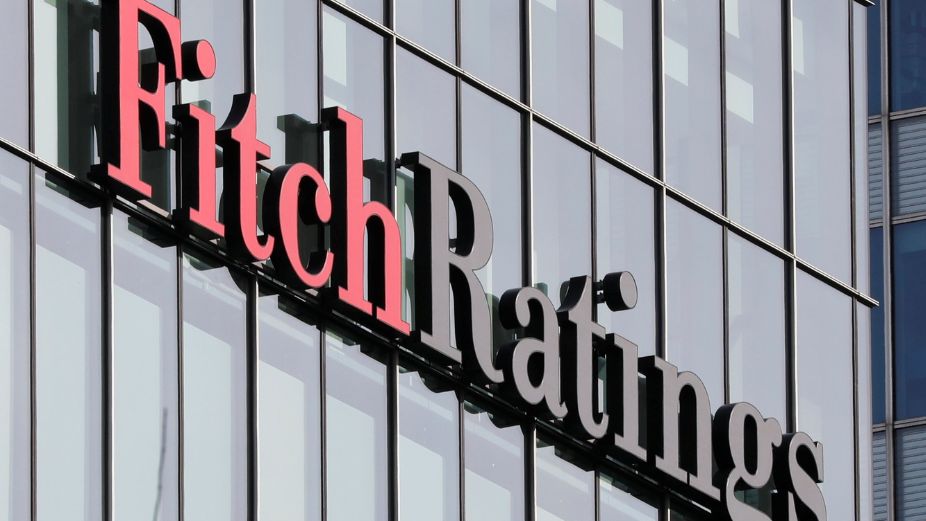
Fitch Ratings has reaffirmed the Maldives’ Long-Term Foreign-Currency Issuer Default Rating (IDR) at ‘CC’ as of 12 June 2025, warning that a sovereign default remains a likely scenario within the foreseeable future.
The agency notes that persistent external and fiscal vulnerabilities are likely to hinder the government’s ability to refinance its substantial upcoming external debt obligations, despite continued growth in the tourism sector and an increase in gross foreign exchange reserves following support from the Reserve Bank of India (RBI).
The current rating reflects a continuation of the Maldives’ momentum from last year, maintaining its ‘CC’ position after being downgraded from ‘CCC+’ in August 2024 and previously from ‘B-’ in June 2024.
However, the Ministry of Finance and Planning stated that the rating affirmation reflects the strong performance of the tourism sector, the expansion of foreign exchange reserves following recent monetary reforms, and the effective utilisation of the currency swap facility between the Reserve Bank of India (RBI) and the Maldives Monetary Authority (MMA).
External Debt and Liquidity Concerns
Fitch highlights the Maldives’ rising external debt obligations as a key factor constraining the sovereign’s credit profile. The government faces USD 688 million in debt servicing obligations in the second half of 2025, rising sharply to USD 1.1 billion in 2026, including repayments for a USD 500 million sukuk and a USD 100 million private bond placement. While recent foreign currency inflows have eased short-term pressures, gross foreign reserves stood at USD 856 million as of April 2025, covering just 1.5 months of external payments—well below the 3.5-month peer median.
Reserve Boost and Policy Reforms
Fitch explains that the reserve increase largely stems from a USD 400 million currency swap between the MMA and RBI, coupled with strong tourism-related foreign currency inflows. The MMA further reinforced liquidity by increasing the mandatory exchange requirement for banks from 60% to 90%, aimed at mitigating dollar shortages.
The Ministry of Finance and Planning attributes this increase in reserves to policy reforms, particularly the Foreign Currency Act, which mandates exchange requirements for tourism-related businesses.
“These monetary policy reforms have subsequently boosted Official Reserve Assets to USD 856.3 million as of April 2025 and are expected to support a sustained increase in foreign reserves over the medium term,” the ministry said.
Despite these improvements, net reserves—after accounting for short-term liabilities—remain low at USD 28 million, while the rufiyaa peg remains under pressure amid structural imbalances and a current account deficit projected at 14.0% of GDP in 2025.
Fiscal Pressures and Rising Debt
Fitch projects the fiscal deficit to widen to 14.5% of GDP in 2025, citing high recurrent spending, rising public wage costs, and delays in key reforms—particularly in subsidy and healthcare expenditure. Public debt is expected to rise to 125.1% of GDP by 2026, almost double the peer group average. Government-guaranteed debt has also increased significantly, adding to the sovereign’s contingent liability risks.
However, the Ministry reiterated the government’s commitment to fiscal reform. It emphasised that the successful implementation of planned structural reforms will enhance productivity, attract investment, and gradually reduce the debt-to-GDP ratio in line with the government’s medium-term debt strategy.
Economic Outlook and Growth
Despite fiscal and external challenges, the economy continues to show resilience. Fitch forecasts GDP growth at 4.8% in 2025 and 4.7% in 2026, underpinned by the expansion of tourism infrastructure, including the partial opening of the new terminal at Velana International Airport and the development of new resorts. The Ministry reaffirmed this outlook, stating that:
With the full operationalisation of Velana International Airport, the government anticipates continued real sector strength and projects GDP growth to reach 6.0% in 2026.
Nevertheless, the Maldives remains vulnerable to external shocks, particularly from key tourism source markets such as China, Europe, and Russia.
Outlook and Future Triggers
Fitch noted that external financing support, especially from strategic partners or institutions like the IMF, could help stabilise the country’s credit profile. However, such support would likely be contingent upon strong fiscal consolidation and potential debt restructuring. An upgrade would depend on a sustained increase in reserve buffers and clear progress on fiscal reforms. Conversely, a missed bond payment or the initiation of a debt renegotiation process would trigger a downgrade.













